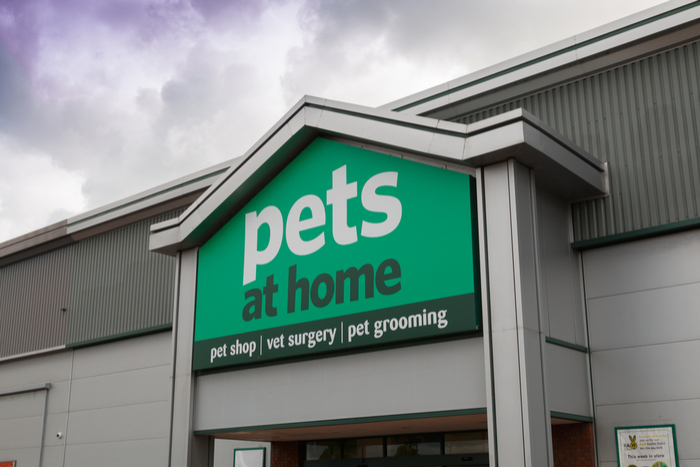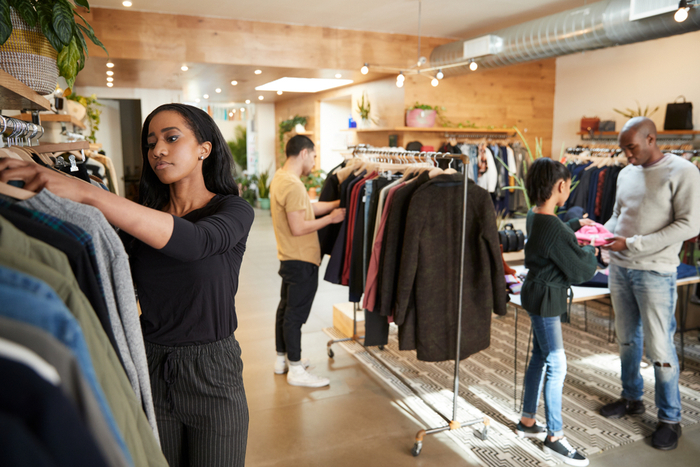Today, most people who use smartphones are familiar with GPS technology, which popular location-based services and applications rely on – for example, when you check in to a location on Facebook, GPS can determine your location anywhere on Earth, working effectively outdoors and over large geographic areas. Yet while GPS is an established and useful technology, it has its‘ limits – especially when it comes to using location technology to enhance the in-store retail experience.
A core limitation of GPS is that it doesn‘t work well indoors and cannot really be used for indoor navigation and related services; this makes it difficult to adopt in store. However, a similar technology that does work indoors has the potential to transform how retailers‘ transit systems engage with their employees, customers and passengers. The solution that promises to deliver on this vision is Bluetooth Smart beacons.
To clarify, “Bluetooth Smart” is a brand name that refers to a class of low energy devices that use the latest Bluetooth specification (version 4.x) for transmitting data wirelessly. A golf-ball sized Bluetooth Smart beacon with a coin-cell battery can operate for several years, due to its highly optimised power consumption. The beacon transmits a unique ID that encodes location information. Mobile apps can pick up these signals from up to 50 meters and use it to determine the users‘ location and create virtual fences that users can walk in and out of.
Retailers, enterprises, museums and sports venues can scatter these low-cost beacons across their premises and when users wander into regions demarcated by these “micro-fences”, it can be used to engage the user in a unique way based on the location and the context.
The transformation of the retail experience is part of the first wave of micro-fencing applications. With stiff competition from online stores and competitors, retailers have the challenge of engaging their customers to keep them coming back to the physical stores, instead of turning to online competitors. Increasingly, retailers are looking at micro-fencing for providing new perspectives to the traditional brick-and-mortar shopping experience to lure in millennial customers who are otherwise more comfortable shopping online.
Here are five ways that micro-fencing can be used to transform the retail experience for shoppers:
1. Welcome customers as they walk into the store
As users enter the store, they can opt-in to automatically check-in to the store through their branded app, which can be tied to retail loyalty programs. The store will gain visibility into customer demographics that can be used for promotions and campaigns taking place at the store, targeting and interacting better with the millennial shoppers.
2. Push relevant content to the customer where it matters
Coupons and offers can be pushed directly to users and are tied to personalisation and recommendation engines that deliver highly relevant content, which increases the likelihood of a sale. This would also allow the store to conduct flash sales to manage inventory and marketing campaigns. Entering the micro-fences indicate the customer‘s proximity to the product being offered, which increases the chance of a successful sale.
3. Wallet-less mobile payments
Micro-fencing can be further used to drive a wallet-less mobile payment experience that doesn‘t require the customer to pull out his/her wallet or mobile phone. For example, users who have a store‘s branded app are automatically checked in to the store when they enter. Checked-in users are listed in the store point-of-sale and during check-out, where payment can be performed through photo verification with the customer photo on record and verbal authorisation of the payment. Such a seamless experience has the potential to dramatically improve the









